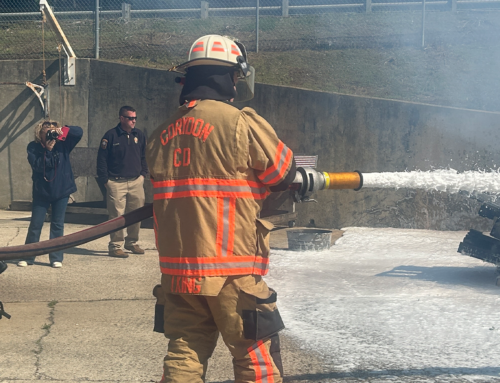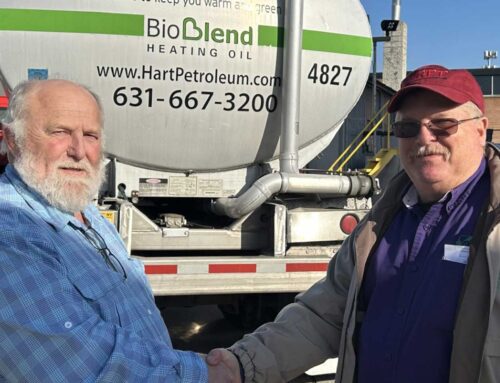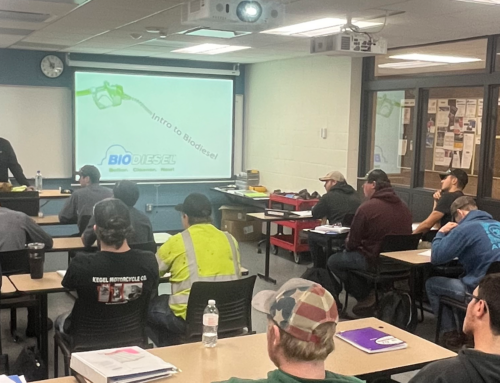
Funding innovative technology and advanced research with Wisconsin checkoff dollars
Share This
Soybeans in Wisconsin have come a long way over the past several decades, and a significant portion of that advancement is thanks to the checkoff program and the projects that the Wisconsin Soybean Marketing Board (WSMB) is able to fund. Dr. Shawn Conley, a University of Wisconsin Extension soybean specialist, is one of the many researchers at the frontlines of the soybean industry in Wisconsin and offers a unique perspective on the projects that are in the works to benefit Wisconsin growers. From advanced technology to specialized research, everything that is being funded by the checkoff program is focused on providing a strong return on investment (ROI) to local soybean farmers.
Soybean Advancement in Wisconsin
Dr. Conley is very proud of the partnership between the University of Wisconsin and the Wisconsin checkoff program. This alliance uniquely positions Wisconsin growers to benefit from a dedicated team of researchers who are highly focused on optimizing the ROI of checkoff dollars. Over time, the work of this team has evolved in tandem with advancements in modern genetics, innovative farming techniques, and the introduction of new technologies that have revolutionized the soybean industry. Dr. Conley emphasizes these changes by highlighting that growers are now planting soybeans three weeks earlier than they did 30 years ago. In addition, soybean seeding rates have experienced a remarkable drop over the years, with some farmers boasting record yields planting as little as 80,000 soybean seeds. These significant shifts necessitate revisiting and replicating past research projects and experiments, as their outcomes are likely to vary substantially from those recorded 30 years ago.
Enhancing Farming Practices with New Technology
One of the newest projects that the University of Wisconsin Extension team is working on is drone technology. The focus of this project is to increase yield and to use drones to interseed cover crops like cereal rye into standing corn before leaf drop. This process gives the cereal rye an extra month of growth time, helping to accumulate biomass and remove excess nitrogen from the soil. Dr. Conley expects to see a surplus of nitrogen in the soil profile this year because of the drought that Wisconsin faced earlier in 2023. This excess nitrogen can be captured and utilized by the soybean crop next year, therefore improving sustainability.
Drones also allow for precise application of products, meaning farmers can save money by treating only affected areas of their fields. For instance, they can target specific areas known to be affected by white mold or where spider mites have been spotted, rather than treating the entire field. This approach not only lowers costs for growers, but also helps manage resistance issues with fungicides.
Developing and Improving Smart-Phone Apps
Several years ago, the WSMB invested in cutting-edge apps for growers to download to their phones for free and use to help support their farms. Two of the most popular apps, developed by Dr. Damon Smith, are Spore Caster and Spore Buster. These apps help growers predict when they need to apply treatments to combat white mold, an issue that has seen changes in its biology over the past decade. The apps allow farmers to time their fungicide applications accurately and can be updated annually to reflect changes and pricing adjustments. The Spore Buster app even allows farmers to input their own fungicide pricing, enabling them to tweak their system accordingly. These free applications offer significant advantages to farmers in managing their crops.
The Future for Wisconsin Soybean Growers
The future is bright for the soybean industry, with several innovative projects underway. One project that Dr. Conley is particularly excited about is the development of predictive tools for farmers that will help them reach their goals for their farm, such as improving yield or maximizing profitability. This tool would use AI technology to run simulations that will provide years’ worth of experiments in just a short amount of time, giving farmers personalized information based on the conditions of their farm.
Both soybean farmers and researchers are also highly concerned about weed management, which is a large focus for future projects. Dr. Shawn Conley and Dr. Rodrigo Werle are exploring the integration of cover crops, specifically when to terminate them for optimal weed control without affecting soybean yield. Along with weed management, having a healthy cover crop can reduce the incidence and severity of diseases like white mold, potentially saving farmers the cost and effort of applying fungicides at later growth stages. This approach is part of an integrated system that aims to increase return on investment and sustainability in farming.
Dr. Conley is on the cutting edge of what’s happening with research in Wisconsin and in the region involving Wisconsin soybean checkoff dollars. For more information on his research, visit his website at coolbean.info. If you’d like to hear more from Dr. Shawn Conley, check out his conversation with Pam Jahnke on the PODtalk podcast!



